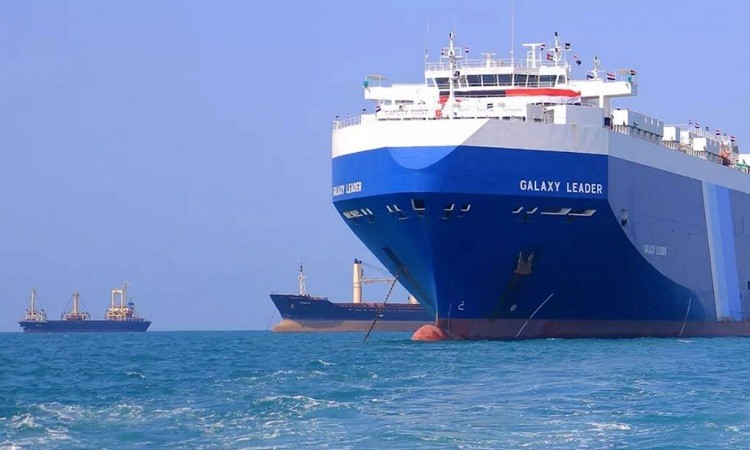
Ongoing conflict and heightened tensions in the Red Sea are jeopardizing one of the world's crucial trade routes, potentially impacting over 40% of Asia-Europe trade.
As the UK and US target Houthi sites in response to increased attacks on commercial ships, concerns are escalating in the Red Sea, posing the risk of a full-blown crisis that could imperil the global economic recovery. If the situation worsens, Europe may face elevated energy costs, delayed shipments, and a resurgence of inflation, leading to prolonged periods of higher interest rates – all of which spell trouble for consumers and local businesses.
The Red Sea Unrest
The root of the problem lies in the Houthis' targeting of commercial ships, triggered by tensions in the Middle East between Palestinians and Israel. To counter these attacks, the UK and US launched an air offensive, blaming Iran for supporting the Houthis. This has transformed a regional crisis into a global concern, with potential far-reaching consequences for the EU.
Impact on Europe's Energy Prices
The tension has already led to a spike in oil prices, with Brent surpassing the critical $80 (€73.12) mark. The Red Sea accounts for 12% of global seaborne oil trade and 8% of liquefied natural gas (LNG). Europe's reliance on oil from the Middle East through the Suez Canal, coupled with increased demand since the pandemic lows, has created vulnerability. Disruptions in the Red Sea may result in a 58% to 129% extension in the time it takes for oil tankers to travel major routes, exacerbating the energy supply challenge, especially during the winter.
Supply Chain Disruptions
Over 15% of global shipping traffic passes through the Red Sea, a vital strategic waterway. The disruptions have forced global shipping containers to opt for longer routes, avoiding the Red Sea and navigating around the Cape of Good Hope. This shift has spiked shipping rates, rising between two and five times the normal rates for this period, with an additional 10 days and 3,500 nautical miles added to the usual distance. As a result, goods reaching their destinations will face delays, accompanied by increased costs, ultimately leading to higher prices on shelves and contributing to overall inflation.
Inflation and Prolonged High-Interest Rates
Allianz Trade predicts a 0.7% increase in inflation for Europe due to disruptions, further delaying recovery from a severe economic slowdown. The European Central Bank (ECB) might need to maintain higher interest rates for an extended period to sustain efforts against inflation, having already raised rates 10 times consecutively. Elevated interest rates could stifle businesses and discourage economic activity, amplifying the challenges faced by the Eurozone, which has witnessed a continuous drop in production according to the Eurozone PMI.
While there have been recent improvements in European inflation outlooks, the tensions in the Red Sea, coupled with energy price hikes and supply chain disruptions, pose serious concerns for European countries, potentially reverberating across the globe.